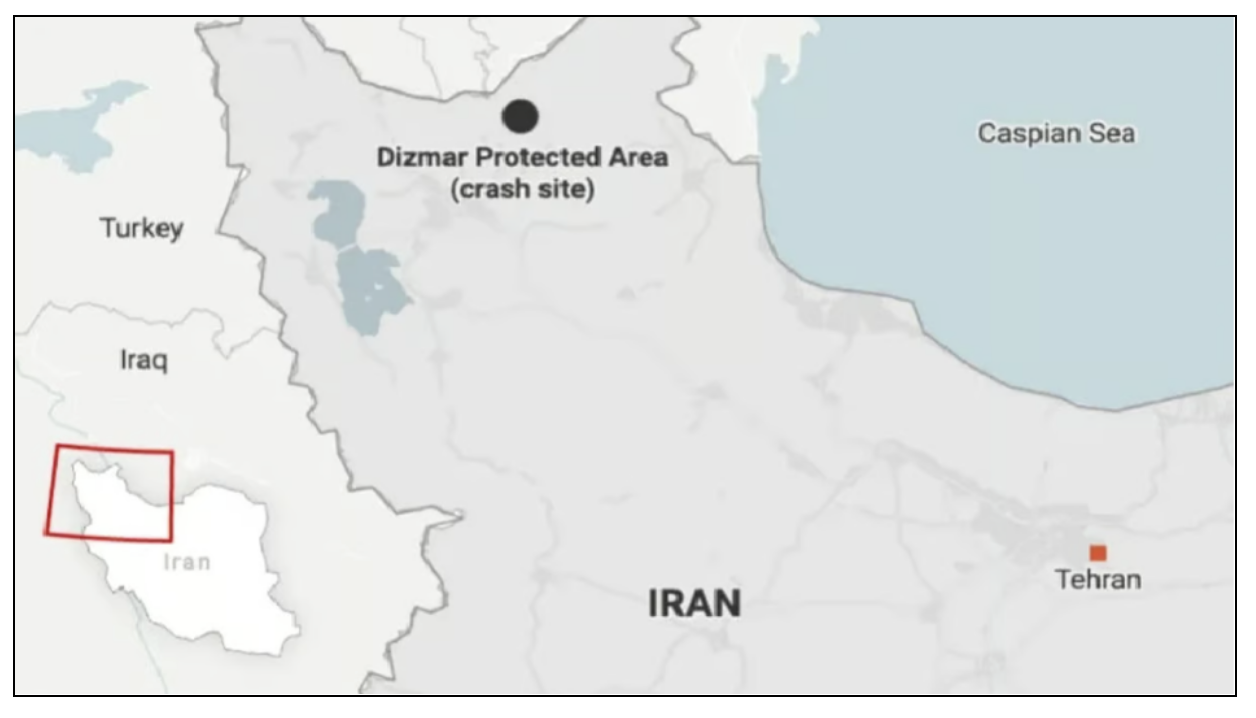GS Paper II
News Excerpt:
The death of the Iranian President has significant implications for India and the wider region.
Who was Ebrahim Raisi?
- Raisi was born in 1960 in a clerical family in Mashhad, Iran’s holiest city.
- He was educated in Islamic law and jurisprudence at the Qom seminary, where Ayatollah Ruhollah Khomeini, the leader of the Iranian Revolution and founder of the Islamic Republic, taught.
- Raisi was a hardliner who won Iran’s 2021 presidential polls that saw the lowest-ever turnout in the Islamic Republic’s history.
- Raisi was on the US sanctions lists for several charges including his role in the mass execution of thousands of political prisoners in 1988 at the end of the Iran-Iraq war.
- A protégé of Ayatollah Ali Khamenei, the 85-year-old Supreme Leader, Raisi was one of several contenders tipped to succeed him.
- From prosecutor general of Tehran in 1994 to chief justice of the country, Raisi had worn many hats. At another level, under Raisi, Iran enriched uranium to nearly weapons-grade.
- The president of the Islamic Republic of Iran, Ayatollah Ebrahim Raisi, met with an accident in the mountainous protected forest area of Dizmar near the town of Varzaghan north west Iran
- The incident occurred while Raisi was returning from a trip to Iran’s border with Azerbaijan, where he had traveled to inaugurate a dam alongside Azerbaijan’s President Ilham Aliyev.
What are the more immediate ramifications of Raisi’s death?
- There are specific constitutional provisions for handling such a situation.
- Mohammad Mokhber, Iran’s First Vice President under Raisi, has already been appointed as acting President by Khamenei.
- An election will be held within 50 days. The establishment will attempt to effect a smooth transition, and avoid any major conflict.
- In terms of policy, there are unlikely to be any major changes, especially in the immediate term, given that Acting President Mokhber was a close ally of Raisi.
- However, Raisi and Foreign Minister Amirabdollahian had been a successful team that steered Iran’s foreign policy into a more combative stance.
What are the implications for India?
- Oil Imports and Prices: As India imports a significant portion of its oil requirements, any disruption in global oil supplies due to instability in Iran, which is the third-largest oil producer in OPEC, could impact India's import bill.
- Safe-haven Asset Demand: The news of Raisi's death led to an increase in gold prices, indicating a shift towards safer assets amid potential regional instability.
- Chabahar Port Project: India recently signed a crucial agreement with Iran to operate the Chabahar port, a strategic initiative to boost trade with Central Asia.
- The progress of this project, which had been hindered by US sanctions on Iran due to its suspected nuclear activities, could be affected by the political developments in Iran.
- Regional Stability and Trade: India's External Affairs Minister S Jaishankar emphasized the regional benefits of the Chabahar port and urged a broader perspective, noting past US appreciation for its strategic importance.
- The death of Raisi and the subsequent developments in Iran could impact regional stability and trade relations, affecting India's interests in the region.
What will Raisi’s death mean for West Asia?
- After Iran’s President's death it is the Iranian Revolutionary Guard Corps and Supreme Leader who look after foreign policy.
- Tensions spiked after Iran’s consulate in Syria was bombed. Iran fired a volley of missiles at Israel, which retaliated by targeting Iran’s Isfahan province that hosts a uranium enrichment plant.
- These tensions are unlikely to diminish especially if Iran elects another hardliner in place of Raisi.
How will it affect ties with the West?
- If a hardliner replaces the Iranian President, ties are unlikely to improve.
- Iran’s ties with the West are rocky over its suspect nuclear programme and its support to groups such as Hamas and Houthis.
- Talks with the West on removing sanctions over Iran’s nuclear programme stalled during Raisi’s term.
- India’s ties with Iran have been impacted by western sanctions especially those impacting its financial and oil sectors.
- Tensions with the West also rose after the 2022 death of Mahsa Amini, detained for wearing a loose headscarf.

|
India-Iran relations:
|
|
Dizmar Protected Area History:
Topography:
Flora:
Fauna:
|


